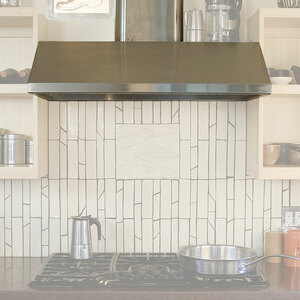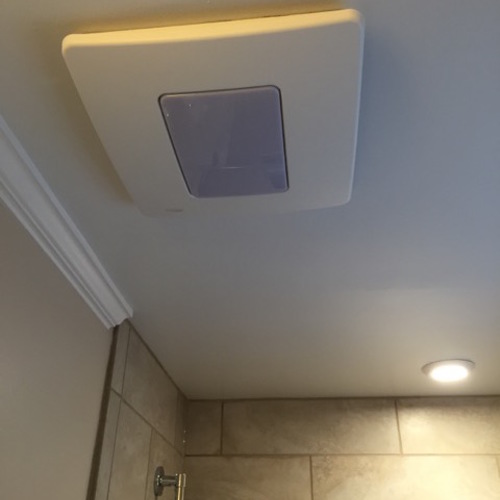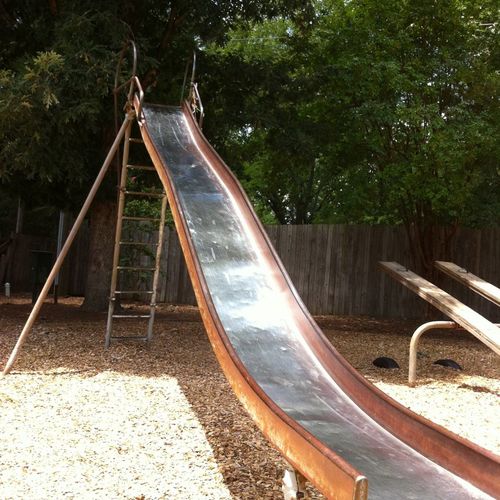
Writing from southern California, a GBA reader named Jplee3 shares a dilemma he faces in his efforts to lower temperatures in the attic, which boils down to the relative effectiveness of attic fans and radiant barriers.
Attic fans exhaust hot air to the outside. Radiant barriers are designed to reflect radiant heat from the sun before it gets into the attic.
“I keep getting conflicting information and opinions about this (as well as whole house fans),” Jplee says in this recent Q&A post. “Between HVAC contractors and attic insulation contractors, some seem to swear by radiant barriers and slam attic fans as useless whereas others don’t think radiant barriers work very well at all but strongly advise using attic fans. Not sure what to make of it.”
Because of how the house is oriented, Jplee doubts that the existing gable vents are doing much, and that an attic fan would probably help. He suspects that radiant barriers aren’t common where he lives.
The attic insulation is currently R-19, but Jplee says he’s considering an upgrade as he prepares for a solar panel installation on part of the roof. Ducts for the HVAC system are located in the attic, a good reason to keep attic temperatures down.
“Another thing to note,” Jplee adds. “Some HVAC contractors I’ve spoken with swear by things like whole-house fans, whereas others (like my current contractor) strongly advise against and say they can cause negative pressurization as well as expose an opening in the insulation (where the fan intake is) and allowing conditioned air to escape.”
Those are the topics for this Q&A Spotlight.
Attic fans are a bad idea
Referencing an article by former GBA editor Martin Holladay, User-2310 says that attic fans are usually a bad…
Weekly Newsletter
Get building science and energy efficiency advice, plus special offers, in your inbox.

This article is only available to GBA Prime Members
Sign up for a free trial and get instant access to this article as well as GBA’s complete library of premium articles and construction details.
Start Free TrialAlready a member? Log in















7 Comments
Good article. Is there no value in having a powered ventilation fan in an insulated attic to remove humid air (e.g. w a humidity detection switch). Thought there had been discussion in GBA on that point.
Insulation is the correct answer. We conducted a study on attic ventilation in California in 20 different locations around the State back in the 1990s and found that powered attic vents did nothing to reduce cooling load in homes and only increased energy consumption by operating a fan. Passive venting did nothing either to get rid of heat as we found attic temps in 180's in the Central Valley of California in attics ventilated to code and those not ventilated to code, there was no difference in attic temps in the same location. Radiant barriers absolutely do nothing to make your home cooler is your attic floor is insulation and a waste of money. Want to make your attic cooler - shade it. Want to make your home cooler in the summer - insulate it.
Thanks. I’ve insulated the roof - closed cell applied to underside of roof sheathing (this is a 1907 building retrofit) - and ventilation had been recommended to control humidity reaching attic from conditioned floors below. My question isn’t about temp — it’s more about preventing moisture problems.
I am not sure I understand the negative response to the radiant barrier option if done in new construction. Data shows that you can have a cooler attic in summer (and I think also a warmer attic in winter from reduced radiant loss). Getting real energy usage data on house with or without radiant barrier is of course difficult, but the same can be said for comparing attic insulation of something like R-30 versus R-40. If summer temperatures in attic are 5 to 10 degrees cooler with the barrier, and you have ductwork in the attic, it seems pretty obvious that you are making a significant difference in reducing heat gains. Radiant barrier on roof sheathing (Techshield LP) is not a big premium to pay and seems well worth while. That said, if the consideration is a retrofit project, just adding more ceiling insulation would seem the obvious choice as retrofitting a radiant barrier to an existing attic is going to be a killer labor wise.
Dennis, radiant barriers can seem effective because when you double the R-value of an assembly, you cut heat loss by half. Roofing and sheathing provide roughly R-1. A radiant barrier provides an additional R-1, reducing heat loss by half. But R-2 is not very robust, and when you have R-20, R-40 or R-60 insulation, the R-1 that a radiant barrier provides is not worth much.
It is not obvious that a 5 to 10 degree cooler attic makes a significant difference. If the ducts are well insulated, it should not be much of an issue at all. However, I would never, ever put ducts in a vented attic. What does radiant barrier do at night? What does radiant barrier due in the winter for a vented attic? Wouldn't it prevent beneficial heat gains???
I think radiant barriers and attic fans are for amateurs. Attic fans, for the most part, work only to remove moisture and do not remove much heat. I built my personal house 20 years ago in Alabama with zero attic ventilation and no radiant barrier. I air-sealed perfectly and installed about an R75 of cellulose in my attic and my house and asphalt shingles worked perfectly. I installed all of my ductwork in my encapsulated crawlspace.
Log in or become a member to post a comment.
Sign up Log in